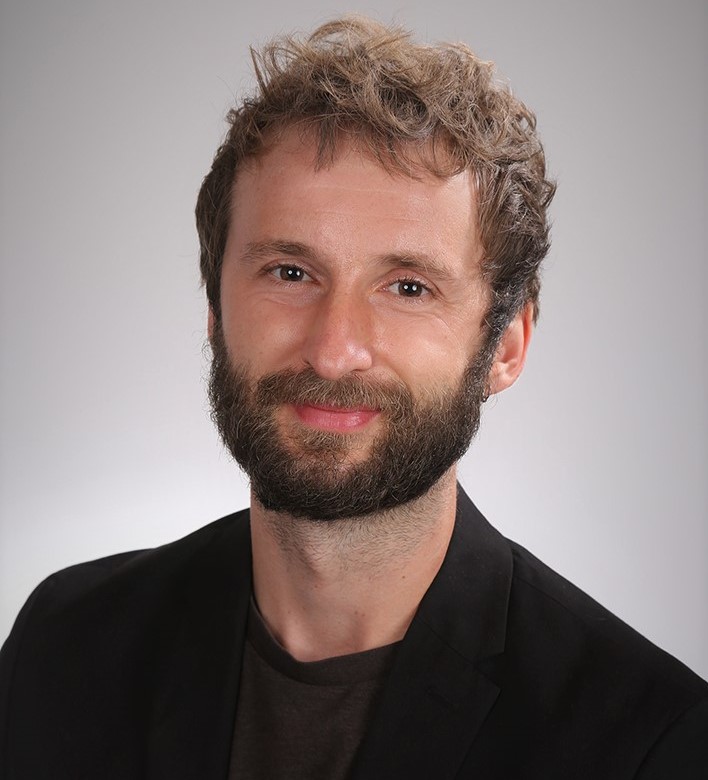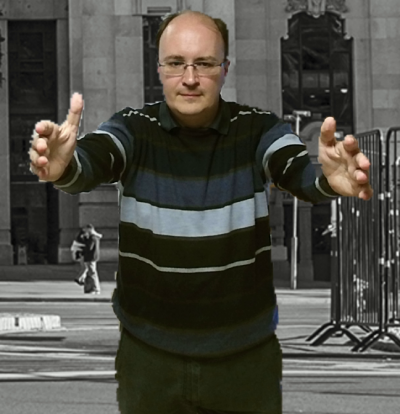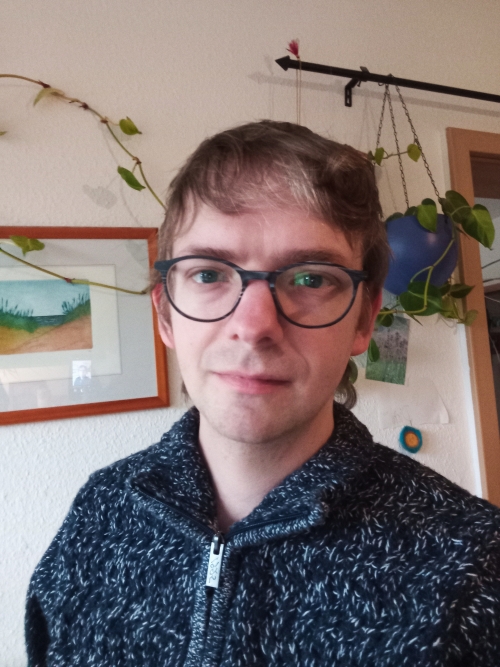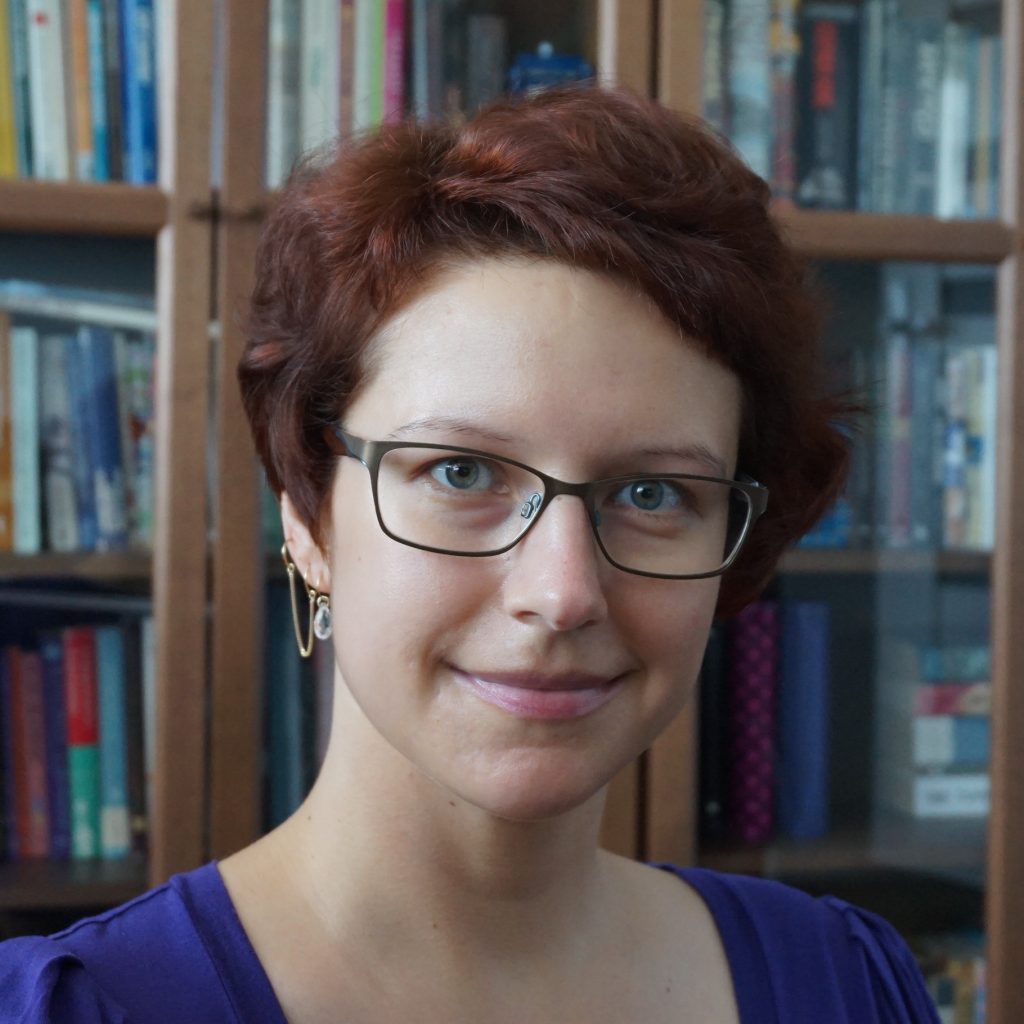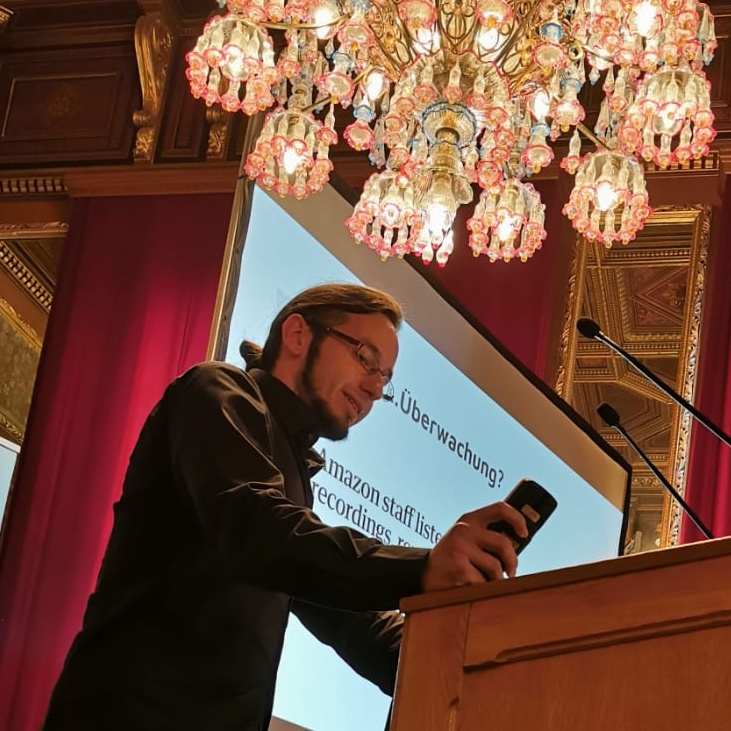
Jeremiah Diephuis (US/AT) was born in 1976 and grew up in the great arcades of the American Midwest. After studies in computational linguistics and communication and knowledge media, he turned his focus to the use of games for various purposes in the public sphere. He currently works as a lecturer and researcher in the Digital Media department at the Hagenberg Campus of the University of Applied Sciences Upper Austria and is a founding member of the research group “Playful Interactive Environments”.
Playerism – A broken Magic Circle, when the whole world is a game.
FROG 2021 – Talk
Co-Author:
Andrea Aschauer
Even a brief examination of the sacred tome of game design reveals a myriad of apparent contradictions: the mechanics of a game should be easy to learn, but difficult to master; interaction should be simple and intuitive, yet simultaneously challenging and foster problem-solving skills. Yet, perhaps the most elusive of all game design mysteries is the art of emergence, the phenomenon of players interacting in ways that a game’s rule system allows, but was not really intended, or at least not as a main objective. Emergence is often perceived as some form of the Philosopher’s Stone, whose ingredients are not entirely known, but could be the secret to achieving a higher level of play. However, emergent gameplay tends to be more of an ex post facto observation than an actual design methodology, despite a growing number of publications that would suggest it can be harnessed to achieve increased player agency and engagement. Although some basic principles can be addressed in a game’s design, emergence is heavily dependent both on the involved players’ individual creativity as well as the game’s actual setting. Particularly for co-located games, i.e. games played with others in the same physical environment, both Huizinga’s concept of the Magic Circle as well as Juul’s slightly extended metaphor of the Puzzle Piece can serve as useful theoretical models to understand some of the components that can contribute to emergence. In this talk, we will address some of the more-or-less intended as well as some truly surprising emergent gameplay that became part of co-located game installations developed for the Ars Electronica’s Deep Space over a period of seven years. The presentation will examine both encouraging examples of emergent behavior as well as potentially game-breaking — or at least gameplay-inhibiting — actions that were observed in the wilds of public exhibition. The talk aims to provide both an informative analysis of potential pitfalls for co-located game installations as well as postulate a few promising ingredients for the cauldron of emergence.

